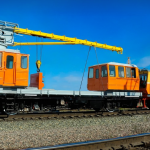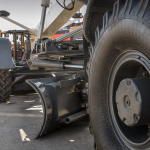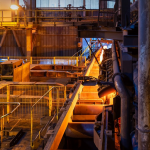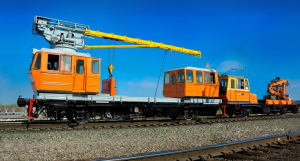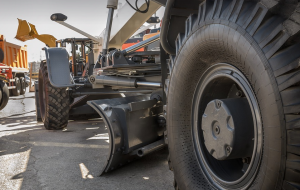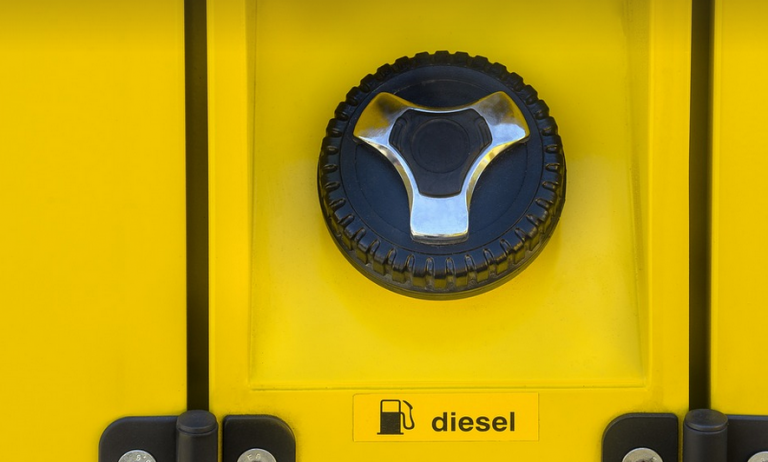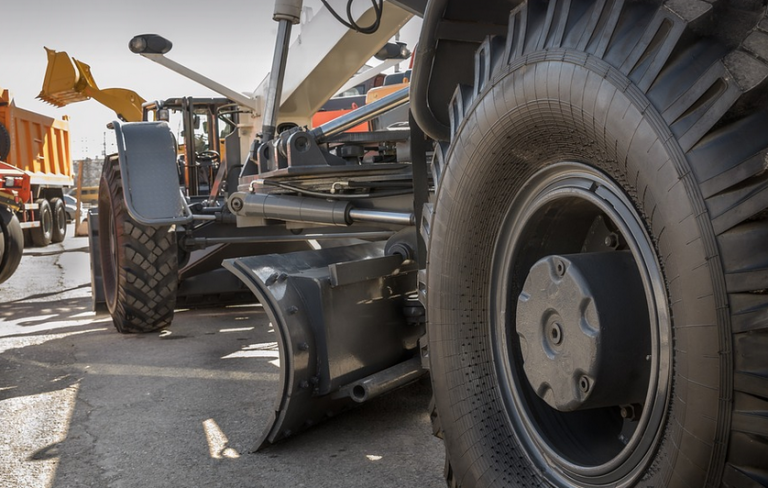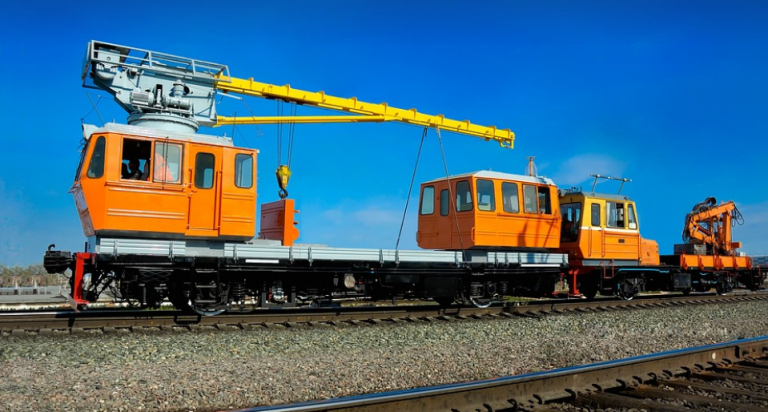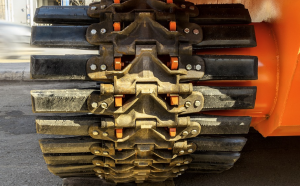Understanding the Basics of TIG Welding
TIG, also known as Tungsten Inert Gas welding, is a versatile and precise welding process that shines when it comes to joining materials like stainless steel. This technique utilizes an electric arc between a tungsten electrode and the workpieces to melt and fuse them together. At its core lies the ability to control the heat input precisely.
The Power of Stainless Steel with TIG Welding
Stainless steel, known for its remarkable corrosion resistance and durability, is a staple in many industries. This unique material’s versatility stems from its high chromium content, which forms a protective oxide layer that shields it against harsh environments. However, welding stainless steel presents unique challenges due to the alloy’s complex composition.
TIG welding for stainless steel offers several advantages, including:
- **Precision and Control:** The thin tungsten electrode allows for intricate details, making it ideal for delicate welds and applications.
- **Clean Cuts:** TIG welding produces smooth, clean cuts without the formation of slag or spatter, promoting a professional finish.
- **Versatility:** TIG welding works on various stainless steel types, ranging from austenitic to ferritic and martensitic.
What Makes TIG Welding for Stainless Steel So Special
A significant part of TIG welding’s success in the realm of stainless steel lies in its inert atmosphere. The use of argon or helium gas acts as a shield, preventing oxidation and contamination during the welding process. This shielding creates a safe environment, leading to improved weld quality.
A Closer Look at Filler Rods for Stainless Steel TIG Welding
Choosing the correct filler rod is crucial for achieving successful stainless steel welds. These rods are specifically designed to melt seamlessly into the base metal, ensuring fusion and minimizing weld defects.
Here’s a deeper dive into the factors that determine the best filler rod selection:
- **Base Metal Type:** The type of stainless steel used significantly impacts the filler rod choice. For instance, TIG welding with austenitic stainless steel often utilizes nickel-based filler rods.
- **Weld Position:** The position where the weld is performed matters as well. For example, overhead welding calls for a different filler rod than vertical or horizontal welding.
- **Welding Current and Voltage:** Carefully selecting a filler rod compatible with the welder’s settings ensures proper heat input, achieving the desired weld bead.
The Role of Filler Rods in TIG Welding
The function of the filler rod goes beyond simply adding material. It acts as a bridge between the base metals and enhances the overall weld quality.
* **Fusion Enhancement:** The filler rod melts into the base metal, helping to create a strong bond where two pieces are joined together. Its composition is carefully chosen to promote compatibility with the base metal, ensuring smooth and efficient welding.
Filler rods for stainless steel TIG welding can be categorized based on their characteristics:
- **Pure Metals:** These filler metals are typically composed of nickel or other similar elements that closely match those in the base metal.
- **Alloyed Filler Rods:** These rods contain additional elements like chromium, molybdenum, and manganese to enhance weld strength, corrosion resistance, and heat tolerance.
A Guide to Selecting the Right Filler Rod for Your Project
Choosing the right filler rod is a critical step in achieving optimal results with TIG welding stainless steel. A blend of factors must be considered:
Here’s a breakdown of how to approach this selection process
- **Corrosion Resistance:** For projects involving corrosive environments, choose filler rods that can resist oxidation and corrosion.
- **Weldability:** Filler rods should melt smoothly without leaving slag or spatter.
- **Heat Input Compatibility:** Consider the temperature range of your weld and select a filler rod designed for those specific heat conditions.
Ensuring Success With TIG Welding Stainless Steel
A well-executed TIG welding job is not just about technique; it’s about understanding the intricate nature of stainless steel. Here are some crucial elements to focus on:
* **Cleanliness:** The workpieces must be free from oil, moisture, and any foreign particles before welding. This is essential for achieving a clean weld joint without defects.
* **Preheating:** For thicker stainless steel sections, preheating the workpiece can make it easier to melt the filler rod without overheating the base metal.
* **Polarity and Gas Flow:** Properly configuring the TIG welder’s polarity (positive or negative) is vital to achieving consistent welding arcs.
* **Practice Makes Perfect: **Like any skill, TIG welding takes time and practice. Starting with small projects can help you gain experience and confidence before tackling larger tasks.
Looking Ahead: The Future of TIG Welding for Stainless Steel
As technology evolves, the future of TIG welding for stainless steel is promising! Here are some exciting developments to consider:
- **Automation:** Advancements in robotic welding systems are expected to increase precision and efficiency in automated TIG welding processes.
- **Smart Welding:** Development of smart, data-driven welding processes will enable real-time monitoring and adjustments to ensure optimal weld quality.
- **Material Science Advancements:** Ongoing research on new stainless steel alloys means that the possibilities for TIG welding are continuously expanding.
